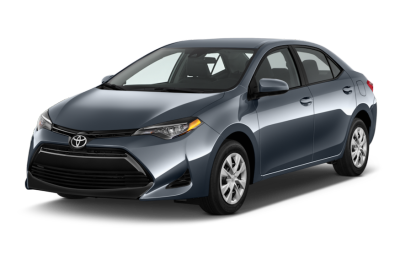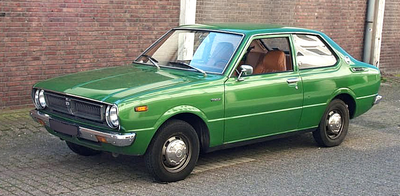Toyota Corolla E30
Introduction
The Toyota Corolla E30, also known as the fifth generation of the Toyota Corolla, was produced from 1983 to 1987. It was a significant milestone for Toyota as it marked the first time the Corolla was offered as a front-wheel-drive car. The E30 was available in a variety of body styles, including a sedan, coupe, and station wagon, providing options for different customer preferences and needs.
Engine Options
The E30 came with a range of engine options to suit different power and fuel efficiency requirements. The most common engine was a 1.6-liter inline-four engine, which produced around 82 horsepower. Other engine options included a 1.8-liter inline-four engine with higher power output and a fuel-efficient 1.5-liter diesel engine. These engine choices gave customers the flexibility to select the one that best suited their driving style and needs.
Design and Features
The design of the Corolla E30 was simple yet stylish, with clean lines and a streamlined body. Its compact size made it maneuverable in tight city streets while providing ample space for occupants inside. The sedan and coupe models featured a traditional three-box design, while the station wagon offered additional cargo space for families or those with active lifestyles.
Inside the cabin, the E30 offered a comfortable and practical environment. The seats were supportive, and the dashboard was designed with ergonomics in mind, placing all essential controls within easy reach of the driver. Despite its compact size, the E30 provided a surprising amount of legroom and headroom for both front and rear passengers.
Driving Experience
The Toyota Corolla E30 offered a smooth and comfortable driving experience. The front-wheel-drive configuration provided good traction and stability, enhancing the car's handling characteristics. The suspension was well-tuned to offer a balance between ride comfort and responsive handling. The compact size and light weight of the E30 made it agile and easy to maneuver in both city traffic and on winding country roads.
Safety Features
When it comes to safety, the E30 was designed with the well-being of its occupants in mind. It featured front disc brakes and rear drum brakes for reliable stopping power. Additionally, some models were equipped with optional features such as driver-side airbags and anti-lock braking systems, providing an extra layer of safety for occupants. The sturdy construction of the E30 also contributed to its overall safety performance, offering protection in the event of a collision.
Legacy
The Toyota Corolla E30 played a significant role in the success and popularity of the Corolla brand. Its combination of reliability, fuel efficiency, and practicality appealed to a wide range of customers, making it one of the best-selling cars of its time. The E30 also set the foundation for the following generations of the Corolla, which continued to evolve and improve upon its success.
Conclusion
The Toyota Corolla E30, with its range of body styles, engine choices, and practical features, proved to be a versatile and popular choice among car buyers. Its solid build quality, comfortable interior, and enjoyable driving experience made it a standout in its class. With its legacy of reliability and affordability, the E30 remains a sought-after classic car among enthusiasts, showcasing Toyota's commitment to producing quality vehicles that stand the test of time.


